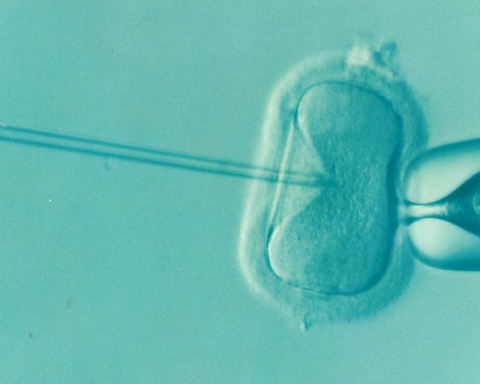As one of the latest advancements in genome editing, CRISPR-Cas9 has provided deep insights for geneticists and scientists who are studying genetic mutations and disorders.
Through CRISPR technology, experts can look at the functionality of gene mutations as well as the different pathways they take throughout cells. The method, which was adapted from the natural processes of specific types of bacteria, is introducing a more efficient and inexpensive way to edit genomes.
The CRISPR Difference
What makes the CRISPR-Cas9 system different from other forms of genetic engineering is that it is a much faster way to study genetic markers and mutations as well as test out new processes, notably thanks to the use of customized lentiviral vectors. Besides that, CRISPR is extremely precise, which is a huge advantage when dealing with gene modification and other DNA-related experiments.
One of the ways that CRISPR works is by doing a sort of cut-and-paste method on a strand of DNA. This allows scientists to go in and extract a piece of DNA while swapping it out with a different piece. The process means that weaker genes can be replaced with more advantageous genes, even if right now researchers are exploring this method with petri dish cells and microorganisms.
CRISPR and Cancer
One of the primary areas of medicine that researchers are exploring with CRISPR is cancer therapy. Some experts are using the technology to look for drugs that have the potential to treat cancer.
By mapping out the human genome, scientists can use RNA guides to send the CRISPR-Cas9 enzyme to thousands of genes that might react well to the drugs. Over time, this supplies the lab with different short guide RNAs that can be used against cancer cell lines to see whether the cells survive and grow or deteriorate.
Alternatively, scientists can use CRISPR to insert certain mutations into cancer cell lines, observing which mutations and which amount will kill off the virus and return the cell to a normal, healthy one.
This can open up new discoveries and insights into how the disease evolves within the body, which can eventually improve the way doctors test for and treat cancer with other forms of therapy. Along the same lines, CRISPR can help researchers figure out how to reduce the amount of drug-resistant genes and tumors.
CRISPR and Genetic Disorders
It isn’t just cancer that could potentially benefit from CRISPR research. Genetic disorders such as cystic fibrosis and muscular dystrophy could hold answers that CRISPR-Cas9 can unlock. For example, scientists know that cystic fibrosis is caused by a mutation in the CFTR gene.
They have even conducted studies using human lung cells from cystic fibrosis patients and found that they could use CRISPR cut-and-paste technology to alter the genetic mutation. While more research is needed in order to identify which specific mutations are causing the disease, this is a promising step forward.
Another study was carried out on mice in which CRISPR was used to make cuts along the DNA at 12 different “mutation hotspots.” This proved to be a much more efficient way to fix the mutations rather than going in an altering each one individually. Another experiment by a different research team explored the possibility of cutting out the mutations in the gene so it was still functional, albeit shortened.
Continued Research
Currently, more research is being done to explore how CRISPR-Cas9 can uncover mutations and make life-saving changes within the cells. Other diseases that have caught CRISPR’s attention include HIV/AIDS, blood disorders, and high cholesterol. Throughout the years, the medical community can expect to see more gains made in the genetic engineering field with the question remaining of whether we should test on human subjects or not.





